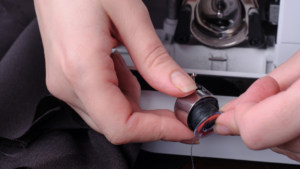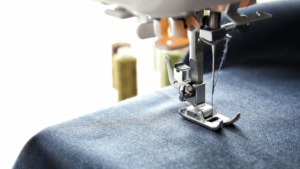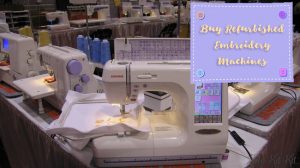Last Updated on July 26, 2021
So you’ve been sewing for a while, or maybe even just learned how to sew and you noticed that your sewing machine skipped one or two or multiple stitches at one time.
This is one of the most common sewing machine problems and it can be frustrating when your project comes apart because of this issue.
In this blog, let’s go over what could cause the sewing machine skipping stitches problem, why you should fix this, and we’ll present five solutions on how to resolve each one of them.
What’s Causing The Sewing Machine To Skip Stitches?
Skipping stitches is a problem with many different causes but there are some that happen more often than others.
Here are some possible reasons why your sewing machine is skipping stitches:
- There’s a problem with your sewing machine needles
- There’s a problem with the thread you’re using
- Tension on your sewing machine is too tight
The first two seem superficially similar but require very different fixes.
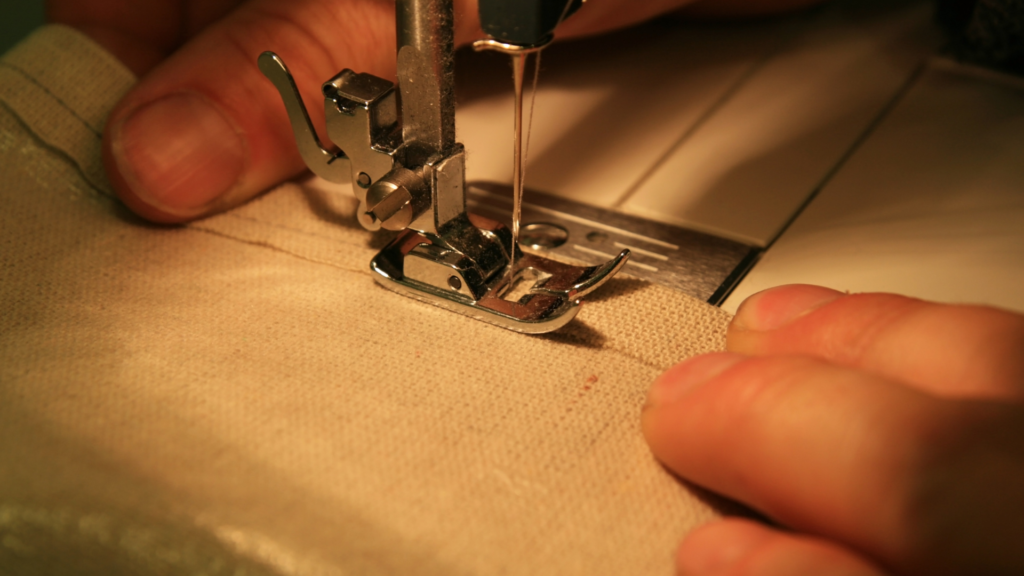
If you find that the problem you have is not in the list above, then it might be a problem with how slowly or quickly your sewing machine’s moving and this could happen due to your foot being positioned wrong as well.
If there’s an issue with your needle presser bar, then you better check as well for problems in the feed dog area of the machine where the fabric can get jammed while feeding through at high speeds without getting pierced by needles.
Why Should I Fix The Problem Of Skipping Stitches?
I bet you that your sewing machine is the best sewing partner you’ll ever have. So don’t let a problem like this come between you and your craft.
Skipping stitches is a problem that’s not to be ignored because it can ruin the beauty and reliability of your craft and of the dresses you make (or anything that you make with your sewing machine, rather).
If you’ve come across a loose or skipping stitch, the best thing to do is either re-sew that portion of the garment or fabric or rip out the line of stitches and start over.
Below is a more comprehensive list of the causes for sewing machine skipping stitches and the solutions for each problem:
Your Needle Is Not Compatible With The Fabric
The wrong type and size of a sewing machine needle can be a potential cause of skipped stitches. Make sure that you’re using the correct type of needle for the fabric that you’re working on.
If you’re sewing with a heavy fabric, there’s more pressure on the needle as it pierces through.
If you have an older machine that doesn’t generate much power, then this can cause skipped stitches because of lack of control.
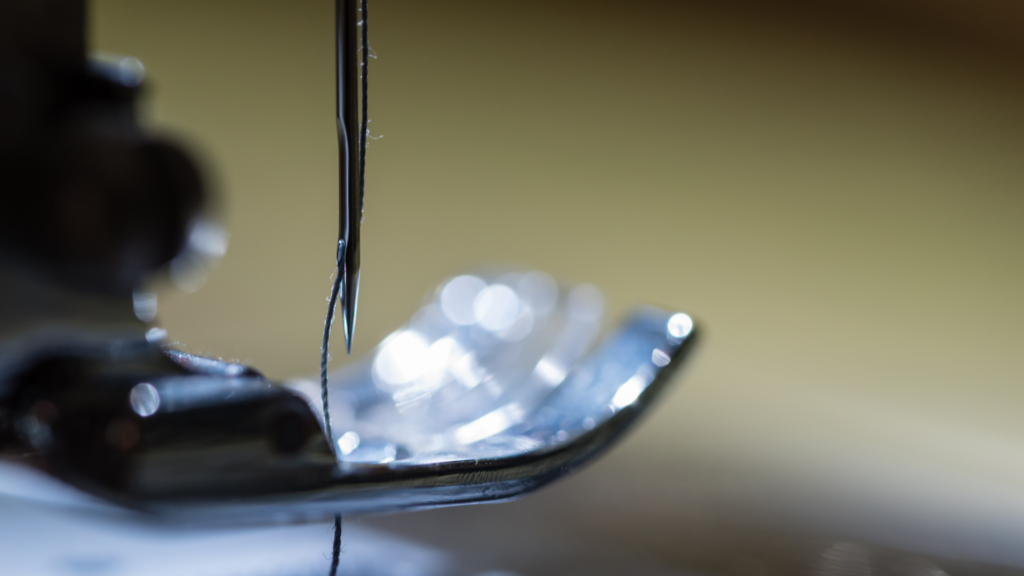
The heavier and thicker your material is, the bigger the needle that should be used to reduce skipping stitches. Refer to the size number of the sewing machine needle for guidance to know what type of needle you should use for certain materials.
Remember: The higher quality needles are usually also larger in diameter than cheaper ones so make sure not to buy needles too big for your project or else they might break inside the embroidery hoop!
Your Sewing Machine Needle Might Be Bent
A bent needle is usually the number one cause of why sewing machines skip stitches. Bent needles can cause the fabric or thread to bunch up or create undesired holes in your work.
With that said, you should inspect your needle regularly for any potential bends, and replace it as soon as you see that it’s been compromised. Sometimes, a bent needle is not as obvious as it sounds.
A needle can look perfectly straight but still be bent, which is why it’s important to take a close inspection of the needle at least once every few months. If you sew a lot or if you’re working on thick fabrics, you better check the needle more often.
To replace your sewing machine needle, unscrew and remove the old one before screwing on and inserting in front of it a new one.
If a new needle doesn’t solve the problem, then it might be because of the quality of thread you’re using or other factors within the sewing machine.
Use A Better Quality of Thread
The thread is a cheap and easy replacement that can actually make all the difference, opposed to what the majority says that this won’t solve anything.
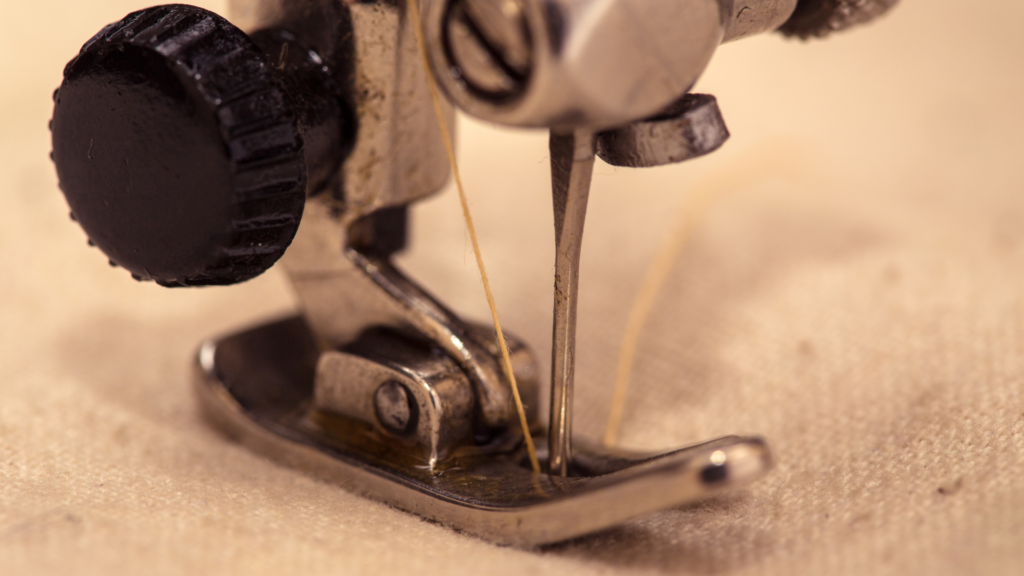
A high-quality thread will do a better job of sewing, and it’ll be able to last for longer. A better thread quality can at times ensure that the problem of skipped stitches is resolved and then proceed to get the job done.
Try replacing the thread you’re using with a higher quality thread.
Check The Feed Dog Area
If replacing the needle or the thread still doesn’t solve the problem, then it’s time to check for problems in other parts of the sewing machine that might be causing this issue: the feed dog area.
The feed dog area is an important part of the sewing machine that helps push fabric through. If it’s not working properly, then this can easily cause problems with skipping stitches and other issues as well.
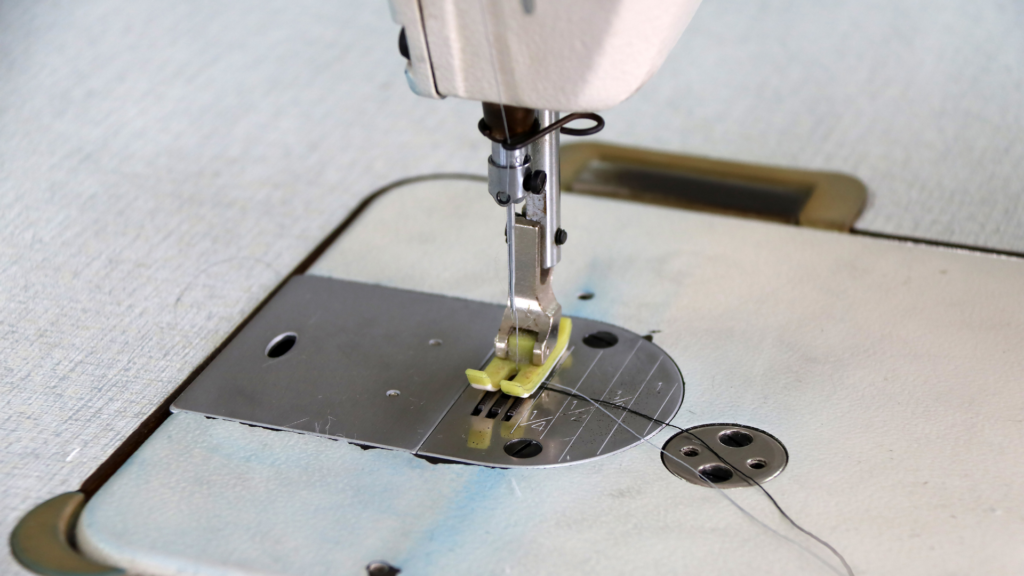
To fix this, it’s important to first clean the machine thoroughly and then inspect the feed dog area. If there are any clogs or jams, they’ll need to be removed before putting it back together.
You might need to replace a broken one if you really think this may be your problem.
However, we advise that you check other areas first before drilling down into what could potentially just be a tiny adjustment somewhere else or an easy fix for a part replacement.
Adjust The Tension To Fix Skipped Stitches
There are a few things to look at before adjusting the tension. One is that you might just need to remove any thread from underneath the needle plate area so it can properly sew again — give it a good vacuum and then check for this first!
This will also make sure your machine isn’t skipping stitches because of other issues.
However, if there’s nothing beneath or around the needle plate area, you’ll need to adjust the upper tension on your sewing machine.
You may have too much pressure going through right now and by loosening this up slightly, you should be able to get back in business without any more problems with skipped stitches!
Video Tutorial of Some Tips for Solving Skipping Stitches

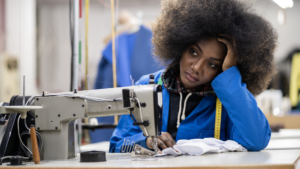
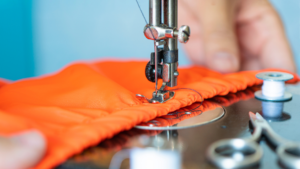
![Read more about the article Difference Between Shears and Scissors [Guide]](https://www.sewkitkit.com/wp-content/uploads/2018/03/difference-between-scissors-and-shears-300x168.jpg)
